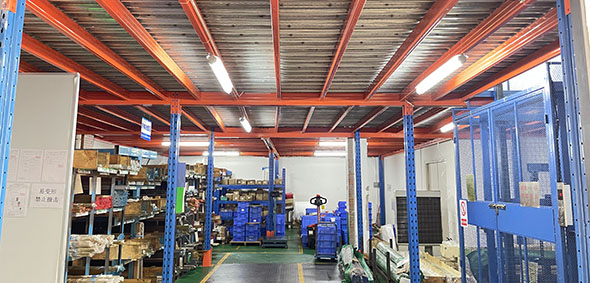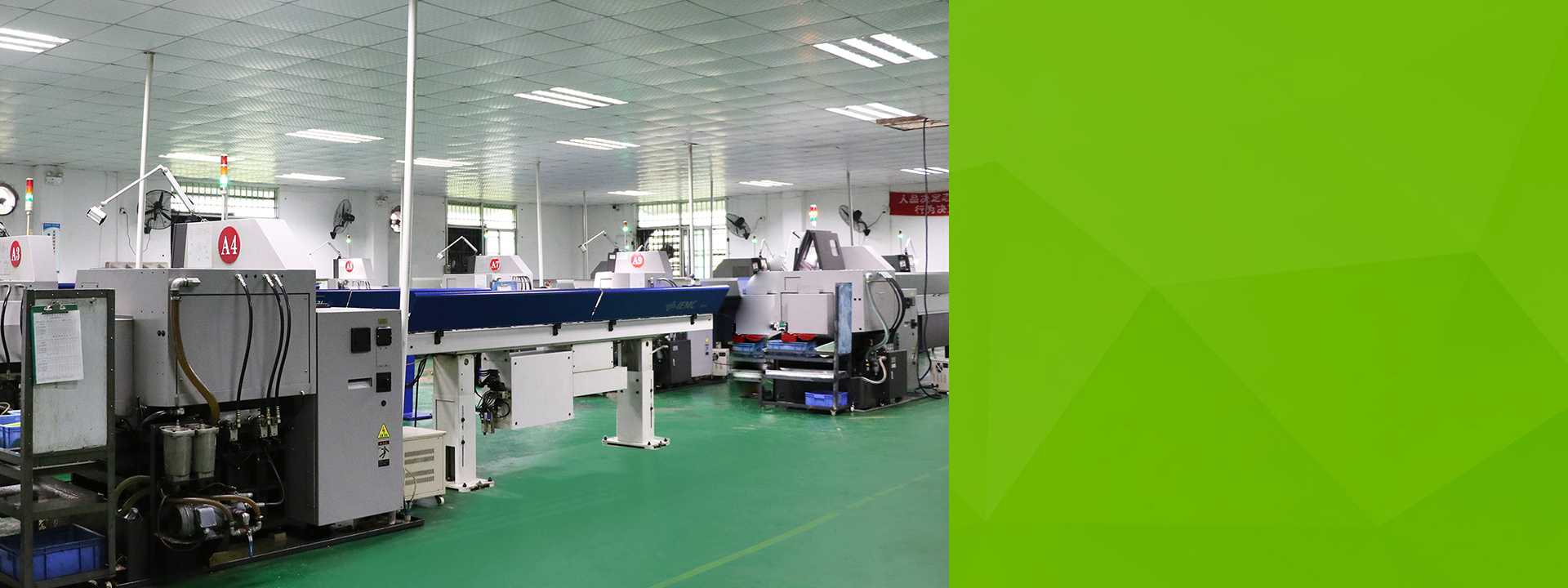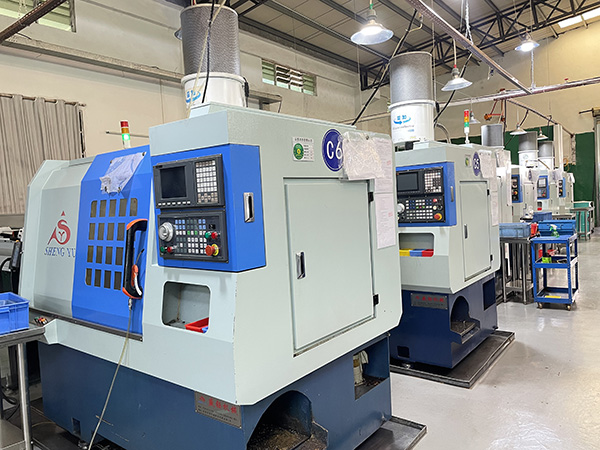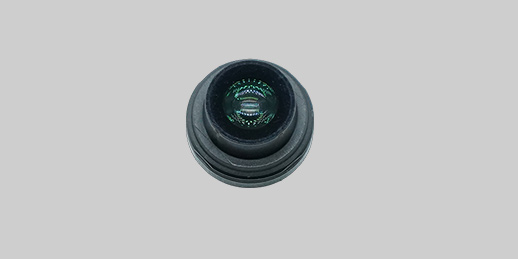


According to the material, tolerance, surface requirements and adopt different or combined with a variety of processing technology, CNC, lathe, milling, surface grinding, electric fire Flower, wire cutting, inside and outside round grinding, no core grinding, boring, hinge, etc

As long as available on the market stainless steel (SUS303/304/316), iron (FE12L15), copper (C3604/C3602/C2680), aluminum (6061/6063) material non-standard parts of the material, we can process.

Hardware tolerance can be up to ±0.005mm, machining diameter is 1.5mm-120mm, the longest processing length is 400mm, 2016 imported into the automotive industry IATF16949-2016, to provide customers with more services.

Equipped with all kinds of precision measuring instruments: 2.5 dimension, concentricity, roughness, salt spray testing machine, material spectrum splitting instrument, chromium hardness instrument, automatic optical testing machine and other auxiliary testing equipment.



Precision machining is a machining method with machining accuracy up to 1 micron. Precision machining method mainly includes fine turning, fine boring, fine milling, fine grinding and grinding technology. Under strictly controlled environmental conditions, the use of precision machine tools and precision measuring tools and measuring instruments to achieve. Machining accuracy of 0.1 micron or more is called ultra precision machining. In the aerospace industry, precision machining is mainly used to process precision mechanical parts in aircraft control equipment, such as hydraulic and pneumatic servomechanics.

Precision machining is a machining method with machining accuracy up to 1 micron. Precision machining method mainly includes fine turning, fine boring, fine milling, fine grinding and grinding technology. Under strictly controlled environmental conditions, the use of precision machine tools and precision measuring tools and measuring instruments to achieve. Machining accuracy of 0.1 micron or more is called ultra precision machining.

Precision machining is a machining method with machining accuracy up to 1 micron. Precision machining method mainly includes fine turning, fine boring, fine milling, fine grinding and grinding technology. Under strictly controlled environmental conditions, the use of precision machine tools and precision measuring tools and measuring instruments to achieve. Machining accuracy of 0.1 micron or more is called ultra precision machining.

Precision machining is a machining method with machining accuracy up to 1 micron. Precision machining method mainly includes fine turning, fine boring, fine milling, fine grinding and grinding technology. Under strictly controlled environmental conditions, the use of precision machine tools and precision measuring tools and measuring instruments to achieve. Machining accuracy of 0.1 micron or more is called ultra precision machining.

Precision machining is a machining method with machining accuracy up to 1 micron. Precision machining method mainly includes fine turning, fine boring, fine milling, fine grinding and grinding technology. Under strictly controlled environmental conditions, the use of precision machine tools and precision measuring tools and measuring instruments to achieve. Machining accuracy of 0.1 micron or more is called ultra precision machining.




A professional camera is also called a single lens reflex camera, and a full camera is called a single lens reflex camera. The unique design of the reflectors and prisms of these cameras allows the photographer to view the image through the lens directly from the viewfinder. When light passes through the lens of the camera to the reflector, it refracts to the focus screen above and forms an image.
A professional camera is also called a single lens reflex camera, and a full camera is called a single lens reflex camera. The unique design of the reflectors and prisms of these cameras allows the photographer to view the image through the lens directly from the viewfinder. When light passes through the lens of the camera to the reflector, it refracts to the focus screen above and forms an image.
A professional camera is also called a single lens reflex camera, and a full camera is called a single lens reflex camera. The unique design of the reflectors and prisms of these cameras allows the photographer to view the image through the lens directly from the viewfinder. When light passes through the lens of the camera to the reflector, it refracts to the focus screen above and forms an image.
A professional camera is also called a single lens reflex camera, and a full camera is called a single lens reflex camera. The unique design of the reflectors and prisms of these cameras allows the photographer to view the image through the lens directly from the viewfinder. When light passes through the lens of the camera to the reflector, it refracts to the focus screen above and forms an image.
A professional camera is also called a single lens reflex camera, and a full camera is called a single lens reflex camera. The unique design of the reflectors and prisms of these cameras allows the photographer to view the image through the lens directly from the viewfinder. When light passes through the lens of the camera to the reflector, it refracts to the focus screen above and forms an image.
A professional camera is also called a single lens reflex camera, and a full camera is called a single lens reflex camera. The unique design of the reflectors and prisms of these cameras allows the photographer to view the image through the lens directly from the viewfinder. When light passes through the lens of the camera to the reflector, it refracts to the focus screen above and forms an image.

A professional camera is also called a single lens reflex camera, and a full camera is called a single lens reflex camera. The unique design of the reflectors and prisms of these cameras allows the photographer to view the image through the lens directly from the viewfinder. When light passes through the lens of the camera to the reflector, it refracts to the focus screen above and forms an image.
MORE ⇀
A professional camera is also called a single lens reflex camera, and a full camera is called a single lens reflex camera. The unique design of the reflectors and prisms of these cameras allows the photographer to view the image through the lens directly from the viewfinder. When light passes through the lens of the camera to the reflector, it refracts to the focus screen above and forms an image.
MORE ⇀